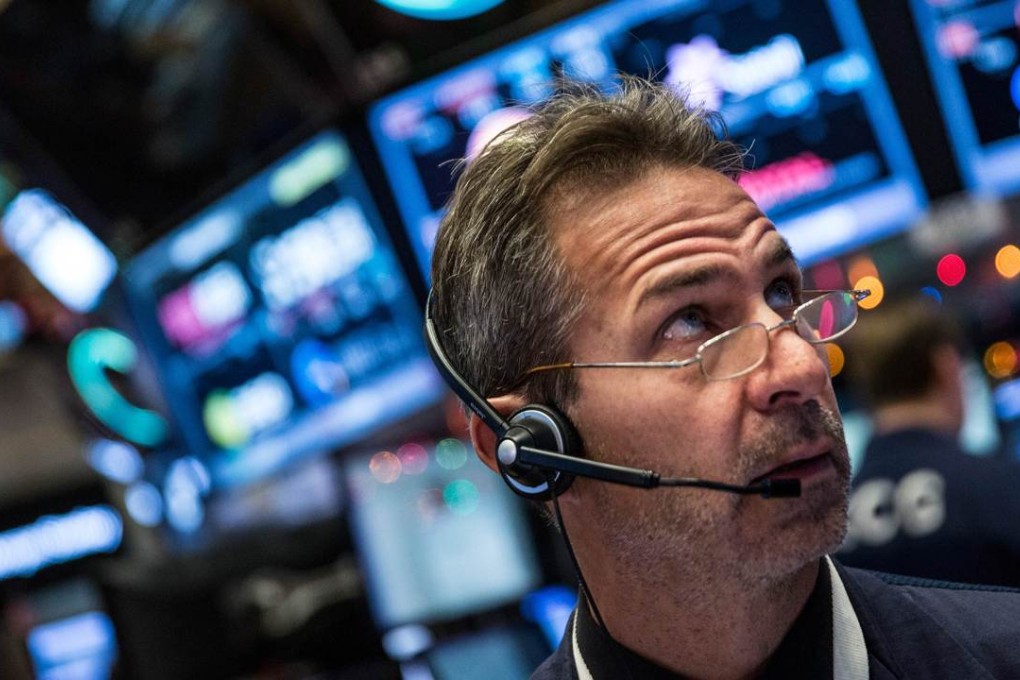Macroscope | Volatility the new watchword for financial markets
The main reason behind the recent increase in volatility is the China factor

In 2015, there was no shortage of risks for financial investors to fret about.
There was the year-long speculation about the precise timing of – and the likely fallout from – the first rise in US interest rates in nearly a decade. In June, the sudden bursting of China’s equity market bubble heightened fears about the mainland’s economy and policy regime. Last but not least, there was the dramatic decline in commodity prices (mainly because of China’s slowing economy) that pulled the rug out from under emerging market (EM) assets and caused severe tremors in corporate debt markets.
As 2016 gets under way, all three of these vulnerabilities continue to weigh on sentiment and, together with the ever more frequent bouts of geopolitical risk (the latest being the severe escalation in tensions between Saudi Arabia and Iran), suggest this year’s trading environment is likely to prove just as perilous as last year’s – if not more.
While the world’s main central banks, particularly the US Federal Reserve, managed to suppress volatility levels in markets through ultra-accommodative monetary policies – the VIX equity volatility index, Wall Street’s so-called “fear gauge”, stood below its long-term average of 20 for nearly the entirety of the period from June 2012 to October 2014 – markets have become much more jittery since last summer.
Confidence in the credibility of Chinese policymaking is being undermined
Volatility is the new watchword for equity, bond and currency markets.
